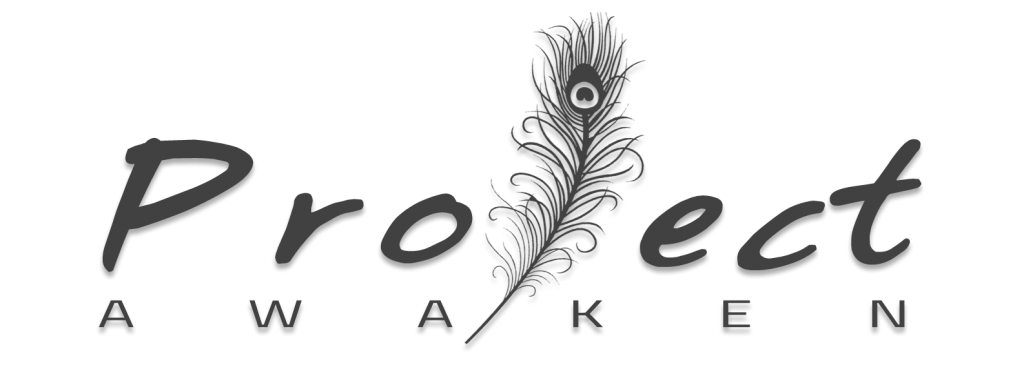Finding Beauty in Brokenness: Christian Wenzel’s Inspiring Journey of Resilience

Overcoming Adversity and Turning Pain into Purpose
In life, we all face moments of unimaginable hardship, but what defines us is how we respond to those challenges. Christian Wenzel, a former Warren County R-III teacher, exemplifies resilience in the face of adversity. After a tragic hunting accident left him paralyzed, Wenzel didn’t let his circumstances define him—instead, he transformed his struggle into an inspiring story of strength, hope, and personal growth.
Today, his book, Beauty in Brokenness: Life Beyond Legs, serves as a beacon of encouragement for those facing difficult circumstances. His journey resonates deeply with the mission of Project Awaken, where we celebrate individuals who rise above life’s obstacles to inspire others.
The Accident That Changed Everything
Life took an unexpected turn for Christian Wenzel when a hunting accident left him with a spinal cord injury, altering his ability to walk. The transition to living as a paraplegic brought overwhelming emotional and physical challenges, but instead of succumbing to despair, Wenzel found a new purpose in sharing his journey.
Much like many individuals with disabilities, Wenzel had to navigate a world that wasn’t always designed for accessibility. He had to rebuild his life from the ground up—relearning daily tasks, redefining his identity, and discovering new ways to experience joy and fulfillment.
**Writing His Story: **Beauty in Brokenness
Through his book, Beauty in Brokenness: Life Beyond Legs, Wenzel gives readers an intimate look into the realities of living with a disability. His storytelling is raw, honest, and deeply moving, capturing the physical struggles, emotional battles, and personal triumphs that shaped his new path in life.
This book is more than just a memoir—it’s an inspiration for anyone facing life-altering setbacks. Whether it’s disability, loss, or unforeseen hardships, Wenzel’s story encourages people to embrace their circumstances and find strength in their struggles.
powerful story of resilience.

Back cover of Beauty in Brokenness: Life Beyond Legs by Christian Wenzel.
**What Readers Will Gain from **Beauty in Brokenness
Beyond his personal journey, Wenzel’s book offers valuable lessons and actionable insights that can help readers navigate their own challenges. Inside this powerful book, you’ll discover:
✅ How to face life-altering challenges with courage and faith – Christian’s journey is a testament to the power of faith and resilience, providing readers with guidance on how to endure even the toughest trials.
✅ Practical tips for building a strong support system – No one overcomes hardships alone. Wenzel shares how he surrounded himself with people who uplifted him and helped him rebuild his life.
✅ Insights on navigating physical, emotional, and spiritual healing – From dealing with the physical limitations of paraplegia to managing emotional setbacks, Wenzel explores the holistic healing process.
✅ Inspiring lessons on finding purpose in the unexpected – When life takes an unexpected turn, we often struggle to see the bigger picture. Wenzel helps readers understand that even in the hardest moments, there is a greater purpose waiting to be uncovered.
If you’ve ever felt stuck, broken, or unsure of how to move forward, Beauty in Brokenness will remind you that hope is always within reach—and that even in brokenness, there is beauty waiting to be found.
Why Christian Wenzel’s Story Matters
Stories like Wenzel’s are crucial in reshaping societal perceptions of disability. He proves that a disability does not equate to inability, and his journey reminds us that resilience, determination, and self-belief can lead to remarkable transformations.
At Project Awaken, we believe in celebrating individuals who break barriers and redefine possibilities. Wenzel’s story aligns perfectly with our vision—to empower people with disabilities and provide a platform for their voices to be heard.
Finding Strength in the Journey
Christian Wenzel’s message extends beyond the disabled community; it’s a universal reminder that life’s biggest challenges can lead to unexpected growth and beauty. His ability to find meaning in adversity is a lesson for all of us, urging us to embrace our own struggles with courage and perseverance.
Where to Find His Book
If you’re looking for an uplifting and transformative read, Beauty in Brokenness: Life Beyond Legs is available through various retailers. It’s a must-read for anyone seeking inspiration, whether they’re living with a disability or simply navigating the complexities of life.
Project Awaken: Empowering Lives, Celebrating Resilience
At Project Awaken, we are dedicated to sharing powerful stories like Christian Wenzel’s to foster a world that embraces resilience, accessibility, and empowerment. If his journey moved you, consider supporting our mission by sharing this story, engaging with our community, or joining the conversation on disability awareness.
Let’s continue to uplift and support those who turn life’s toughest moments into triumphs. Because, as Christian Wenzel beautifully reminds us, there is true beauty in brokenness.




